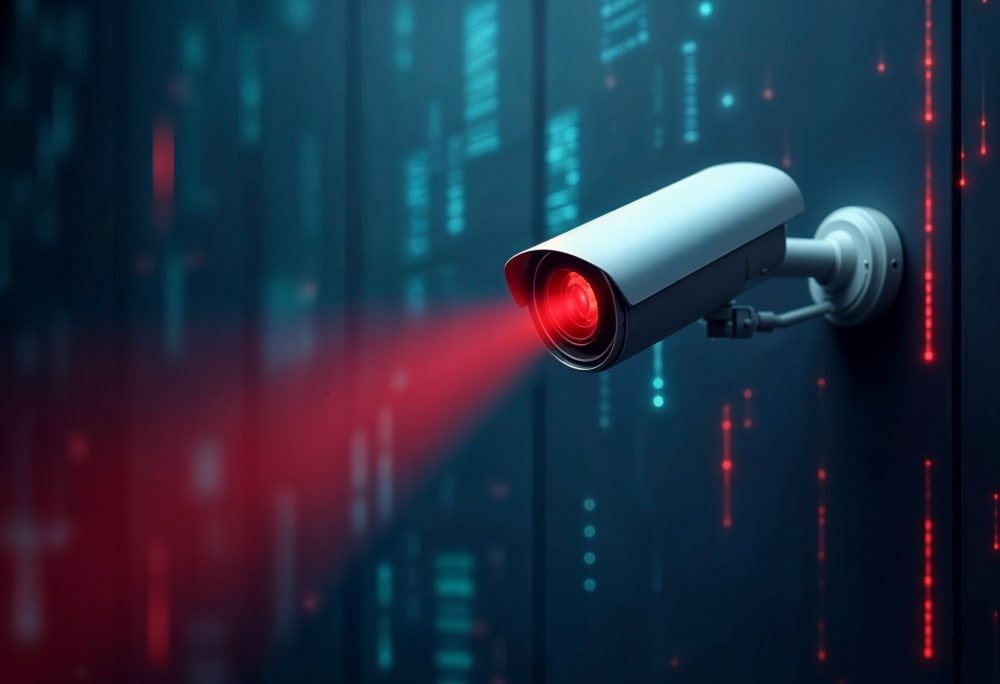
In the rapidly changing landscape of physical security, technology has become the most vital enabler of intelligent surveillance systems. Traditional patrolling and manual monitoring methods have evolved into complex, data-driven ecosystems that not only watch but also anticipate and react. The modern surveillance model leverages automation, real-time analytics, and connectivity to offer a level of precision and coverage that human observation alone can’t match.
Businesses today demand faster, smarter, and more proactive solutions to safeguard their people, assets, and data—and that’s precisely what technological surveillance delivers.
Smart Cameras and AI-Powered Monitoring
One of the most significant technological advancements in surveillance has been the rise of smart cameras powered by artificial intelligence (AI). These advanced systems do more than record footage, they analyze it. Facial recognition, license plate reading, motion detection, and behavior analysis are just a few capabilities that make AI surveillance systems indispensable in high-security zones.
What makes these cameras stand out is their ability to process large volumes of footage in real time, automatically flagging suspicious activities or security breaches. The integration of neural networks allows these devices to learn and adapt to the environment, improving their accuracy over time. This shift from passive recording to proactive threat identification is a defining characteristic of modern surveillance.
Cloud-Based Storage and Remote Access
Gone are the days of bulky DVRs and hard drives. Cloud storage has redefined how surveillance data is stored and accessed. Organizations can now stream, store, and retrieve high-resolution surveillance footage securely over the cloud, offering scalability and convenience.
Remote access is another game-changer. With mobile apps and web portals, facility managers, security personnel, and decision-makers can monitor multiple locations in real time, whether they are on-site or halfway across the world. This level of connectivity empowers quicker response times and centralized oversight, making cloud-based surveillance solutions both powerful and practical.
IoT Integration for Seamless Surveillance Systems
The Internet of Things (IoT) has taken surveillance technology to new heights. Cameras, motion sensors, door access systems, alarm panels, and even lighting can be connected through a unified network. This interoperability creates a smart environment where devices communicate with each other, triggering alerts and responses based on real-time data.
For example, a door left ajar after office hours can trigger both an alert to the control room and activate nearby CCTV cameras to begin recording at a higher frame rate. Such intelligent response systems increase efficiency and reduce blind spots in conventional security strategies. An integrated security company deploying IoT-enabled solutions can ensure that their clients benefit from a seamless, responsive, and adaptive surveillance system.
Data Analytics and Predictive Security
Modern surveillance isn’t just about watching—it’s about learning and predicting. With data analytics, businesses can extract patterns from past footage, track trends, and even forecast risks. For example, if a certain area within a commercial facility sees repeated unauthorized access attempts at specific hours, predictive analysis can highlight this as a high-risk zone.
Security teams can then reallocate resources, enhance camera coverage, or update protocols accordingly. This intelligence-driven approach shifts surveillance from a reactive function to a strategic one. It ensures businesses are always one step ahead of potential threats.
Enhanced Access Control with Biometric Systems
Biometric technology is reshaping how access is granted and monitored. Facial recognition, retina scanning, and fingerprint sensors are now common in high-security areas, ensuring only authorized personnel gain entry. When integrated with surveillance systems, biometric access control creates a double-layer of protection, visual validation and entry tracking.
This synergy enables not just secure access but also a detailed audit trail, essential for compliance and incident investigation. Combined with smart cameras and AI, biometrics can even detect identity spoofing or tailgating, making it one of the most secure entry solutions available today.
Cybersecurity: Protecting Surveillance Infrastructure
With increasing digitization comes the threat of cyberattacks. Surveillance systems connected via networks are vulnerable to hacking, data breaches, and malware. That’s why cybersecurity must be a core component of any modern surveillance strategy.
Encrypted data transmission, multi-factor authentication, regular firmware updates, and network segmentation are just a few practices that keep surveillance systems secure. Reliable CCTV surveillance services must now include cybersecurity as part of their offerings to safeguard not only physical assets but also the digital infrastructure that supports them.
Conclusion: Future-Proofing Security through Technology
Technology has completely redefined how surveillance works in the modern world. From smart cameras and cloud integration to AI and predictive analytics, every element now contributes to a more efficient, scalable, and intelligent security framework. The ability to monitor, analyze, and act in real-time ensures that businesses remain protected against ever-evolving threats.
Choosing the right technology and the right partner to implement it, makes all the difference. Forward-thinking organizations understand that investing in advanced surveillance today is the key to ensuring safety, compliance, and peace of mind tomorrow.
